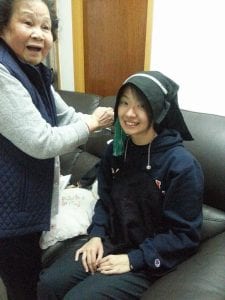
Our guest writer this week is Luca Yau, who’s set to start her PhD at Trinity College Dublin in March 2019. During her MPhil study at Lingnan University, Luca explored the representations and self-representations of Hakka women since the …
17/09/18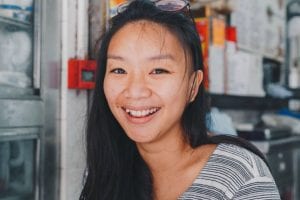
Our guest writer this week is Chi Chi Huang, who recently finished her PhD at the University of Hong Kong. (Congrats Dr. Huang!) By incorporating archival research and the study of visual culture into her project, Chi Chi’s research …
23/08/18
This week our guest writer is Reynold Tsang, MPhil student at the University of Hong Kong. Born and raised in Hong Kong, Reynold shares with us his research on the development of museums in late colonial Hong Kong, and …
01/08/18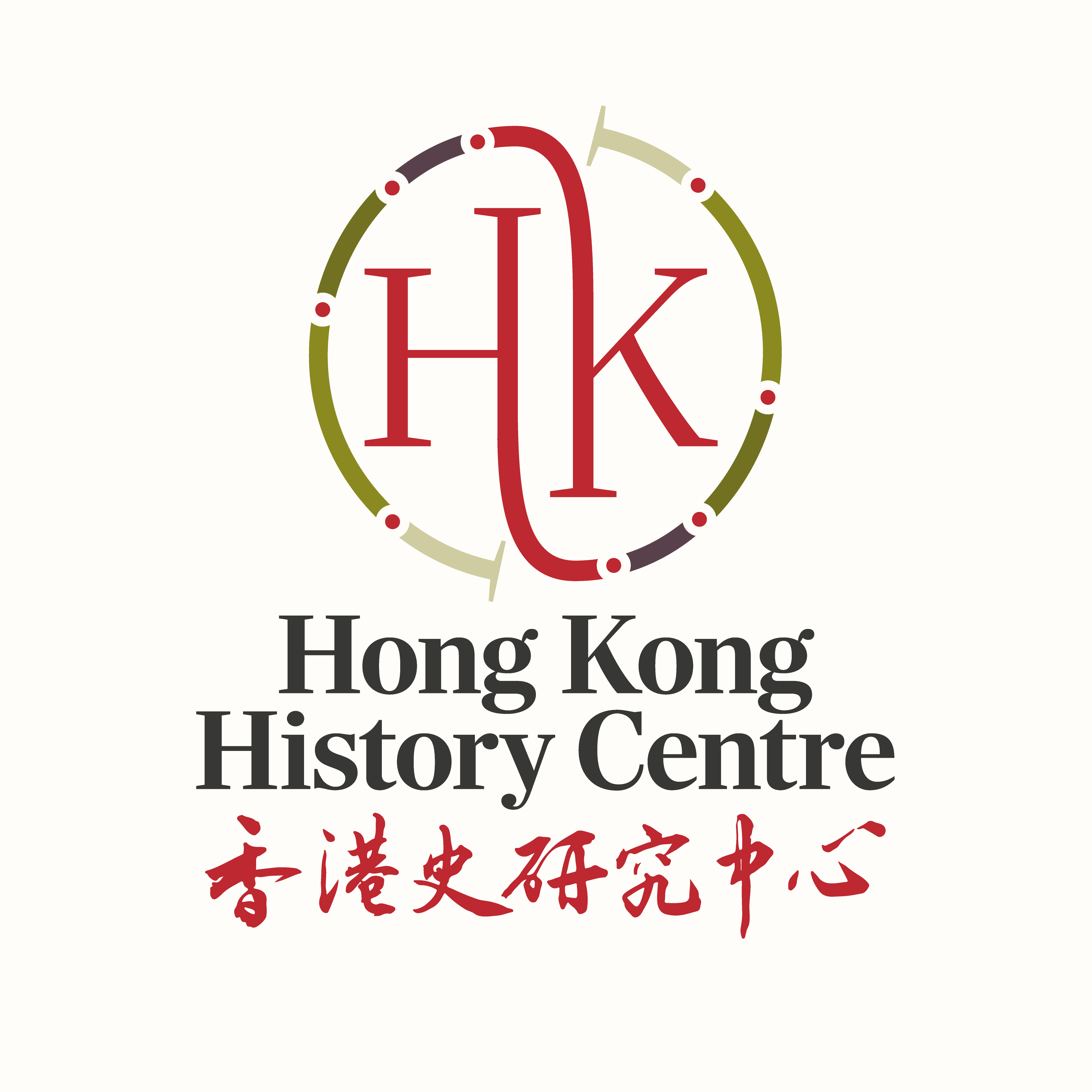
Sorry that it took us a while to resume our publishing routine! This week we have Bristol’s very own Thomas M. Larkin to tell us his fascinating research. Supported by the Augustine Heard Studentship within the Hong Kong History Project …
16/07/18
一則來自英國布里斯托大學歷史系博士候選人李啟雋(Katon Lee)有關口述訪問的信息:
您好!我正埋首於有關1950至80年代香港華人西裝文化的研究。如果您(或您的親朋好友)知道有關香港裁縫、裁縫商店的故事,或曾在港訂造西裝,我誠邀您與我分享您的寶貴故事。我現身處香港,可與您在港見面傾談,如不方便會面,亦可透過Skype以網上訪問。
如對我的研究有任何疑問,歡迎發電郵至katon.lee@bristol.ac.uk。期待您的分享和回覆!
This week we have a message from Katon Lee, history PhD student at the University of Bristol, seeking oral history interviewees for his research:
Hi all, I am currently doing a project …
22/06/18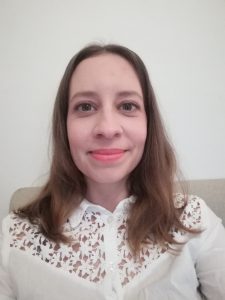
We are delighted have Amelia Allsop as our guest writer this week. The Research Manager of the Hong Kong Heritage Project 香港社會發展回顧項目, Amelia is doing her PhD at King’s College, London. Here she tells us her way into Hong Kong …
20/04/18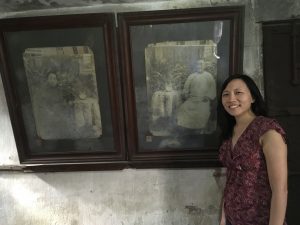
Where There’s a Will There’s a Way:
Finding My Ancestors in China and Hong Kong
My research journey started in London, where I completed an MA in Victorian Studies at Birkbeck College, University of London, in …
14/03/18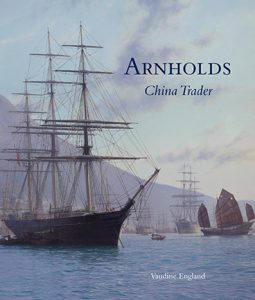
BY VAUDINE ENGLAND
 At first glance, a history of a company best known for selling building products, especially sanitary ware, might seem a little dull. This was not a big name like Jardines or Swires; not even Dodwells or Gibb …
At first glance, a history of a company best known for selling building products, especially sanitary ware, might seem a little dull. This was not a big name like Jardines or Swires; not even Dodwells or Gibb …
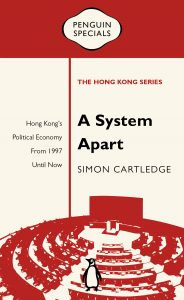
‘A System Apart? Hong Kong’s Political Economy from 1997’ by Simon Cartledge
1 February 2018, 6-7 pm
Venue: LT2, Arts Complex, University of Bristol

Since 1997, Hong Kong’s economic growth rate has dropped sharply, inequality has increased, and corruption has …
20/01/18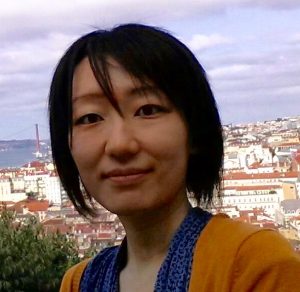
 Kaori Abe is a former postdoctoral fellow of Nanyang Technological University, Singapore, and has a PhD in History from the University of Bristol. Her main research areas are the history of Hong Kong, modern China and the British Empire in …
Kaori Abe is a former postdoctoral fellow of Nanyang Technological University, Singapore, and has a PhD in History from the University of Bristol. Her main research areas are the history of Hong Kong, modern China and the British Empire in …
Our guest writer this week is Luca Yau, who’s set to start her PhD at Trinity College Dublin in March 2019. During her MPhil study at Lingnan University, Luca explored the representations and self-representations of Hakka women since the …
17/09/18Our guest writer this week is Chi Chi Huang, who recently finished her PhD at the University of Hong Kong. (Congrats Dr. Huang!) By incorporating archival research and the study of visual culture into her project, Chi Chi’s research …
23/08/18This week our guest writer is Reynold Tsang, MPhil student at the University of Hong Kong. Born and raised in Hong Kong, Reynold shares with us his research on the development of museums in late colonial Hong Kong, and …
01/08/18Sorry that it took us a while to resume our publishing routine! This week we have Bristol’s very own Thomas M. Larkin to tell us his fascinating research. Supported by the Augustine Heard Studentship within the Hong Kong History Project …
16/07/18一則來自英國布里斯托大學歷史系博士候選人李啟雋(Katon Lee)有關口述訪問的信息:
您好!我正埋首於有關1950至80年代香港華人西裝文化的研究。如果您(或您的親朋好友)知道有關香港裁縫、裁縫商店的故事,或曾在港訂造西裝,我誠邀您與我分享您的寶貴故事。我現身處香港,可與您在港見面傾談,如不方便會面,亦可透過Skype以網上訪問。
如對我的研究有任何疑問,歡迎發電郵至katon.lee@bristol.ac.uk。期待您的分享和回覆!
This week we have a message from Katon Lee, history PhD student at the University of Bristol, seeking oral history interviewees for his research:
Hi all, I am currently doing a project …
22/06/18We are delighted have Amelia Allsop as our guest writer this week. The Research Manager of the Hong Kong Heritage Project 香港社會發展回顧項目, Amelia is doing her PhD at King’s College, London. Here she tells us her way into Hong Kong …
20/04/18Where There’s a Will There’s a Way:
Finding My Ancestors in China and Hong Kong
My research journey started in London, where I completed an MA in Victorian Studies at Birkbeck College, University of London, in …
14/03/18BY VAUDINE ENGLAND
 At first glance, a history of a company best known for selling building products, especially sanitary ware, might seem a little dull. This was not a big name like Jardines or Swires; not even Dodwells or Gibb …
At first glance, a history of a company best known for selling building products, especially sanitary ware, might seem a little dull. This was not a big name like Jardines or Swires; not even Dodwells or Gibb …
‘A System Apart? Hong Kong’s Political Economy from 1997’ by Simon Cartledge
1 February 2018, 6-7 pm
Venue: LT2, Arts Complex, University of Bristol

Since 1997, Hong Kong’s economic growth rate has dropped sharply, inequality has increased, and corruption has …
20/01/18